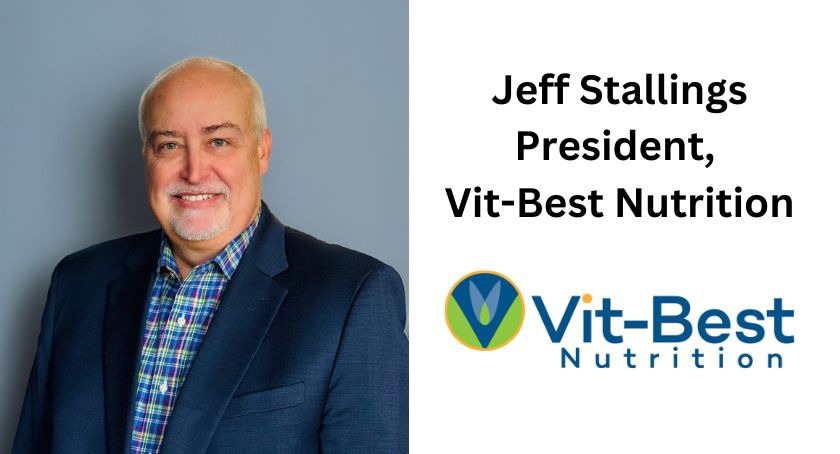Market Updates
Most Americans Don’t See Hidden Hunger in Suburbs
Kellogg survey finds 65% of Americans think hunger is an urban problem.

By: Sean Moloughney

Despite the fact more Americans live below the poverty line in the suburbs than in the city, a survey released by Kellogg Company revealed that most Americans are unaware of the growing need for assistance for food insecure people in suburbia. In the nationwide survey, only 35% of respondents said families in the suburbs would be more likely to experience hunger, yet according to government data, hunger—especially for households with children—has been growing faster in suburbs than cities since 2007.
“Lack of awareness of hunger in the suburbs is a huge problem because it means that resources often aren’t sufficient to address the growing problem,” said Julie Bosley, director, corporate social responsibility, Kellogg Company. “This challenge, for example, puts stresses on suburban schools trying to expand school breakfast programs for kids who need it and in other instances, the lack of resources can make it harder for those in need to access social programs, like food pantries that may not be as available in the suburbs.”
Suburban communities now account for nearly half of new students eligible for free or reduced school meals, according to USDA and the Department of Education. Although food insecurity is harmful to any individual, it can be particularly devastating among children due to their increased vulnerability and the potential for long-term consequences.
The Kellogg survey found perceptions of food insecurity in America do not reflect the new reality facing millions of newly poor families in the suburbs:
In 2012, there were 16.5 million Americans living below the poverty line in the suburbs compared with 13.5 million in cities, according to a 2014 report from Brooking Institution.
The number of suburban poor is growing at a more rapid rate than those in urban areas.
The number of suburban poor living in neighborhoods with high unemployment and poverty grew by 139% since 2000, compared with a 50% jump in urban areas/cities.
The survey found a disparity in awareness of food insecurity in the suburbs among different demographic groups:
Those employed full-time (41%) were more aware versus the unemployed (35%) and retirees (20%).
Only 6% of people with no children said assistance was most needed in the suburbs, versus 16% of respondents with children.
The older the respondent, the less likely they were aware of the need for assistance in the suburbs. For those ages 55-plus, only 5% believed need for assistance is greatest in the suburbs (67% urban; 28% rural).
The larger the size of the household, the more likely they were to be aware of hunger in the suburbs:
For households of only one, 24% said a family in the suburbs is more likely to experience food insecurity.
For households of five, 43% said a family in the suburbs is more likely to experience food insecurity.
Since 2013, Kellogg’s Company has been feeding children and families in need by expanding breakfast programs and donating cereals and snacks to food banks through its Breakfasts for Better Days global signature cause. In the U.S., Kellogg has joined with non-profit partners to help expand access to the national school breakfast program for needy children, many in suburban school districts, so more children can start their day with a healthy breakfast. In February, Kellogg announced it had exceeded its 2016 year-end milestone to donate one billion servings of cereal and snacks to those in need.
Also, in the U.S. last year, Kellogg provided $1 million in grants to Action for Healthy Kids, the Food Research and Action Center, and Share Our Strength, to help increase participation in school breakfast programs, many in suburban school districts.




















